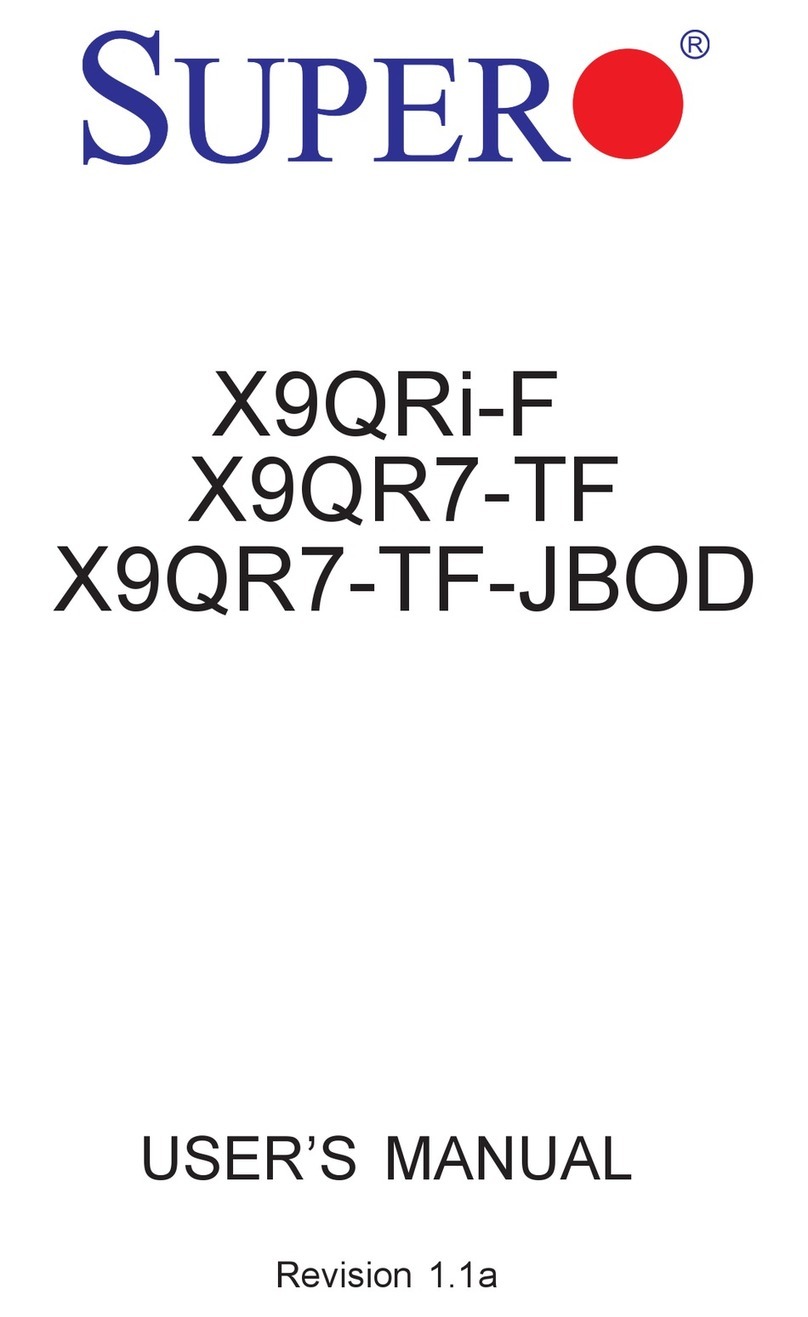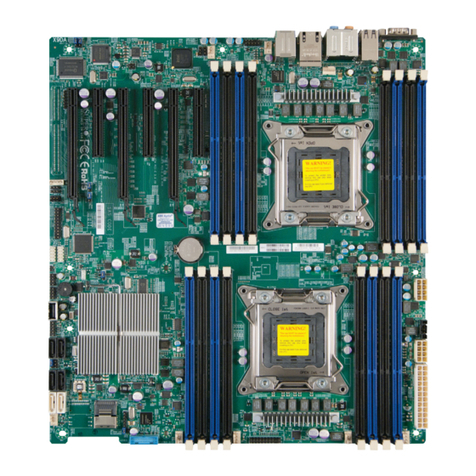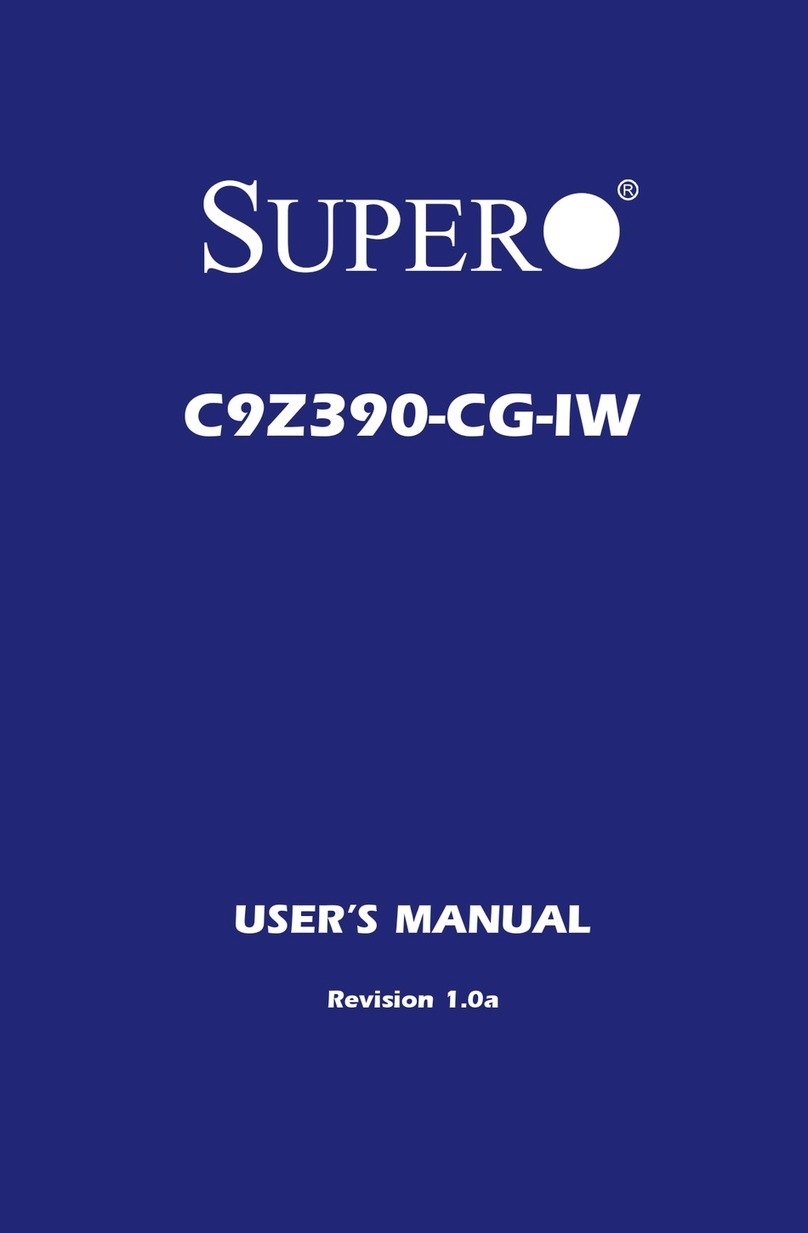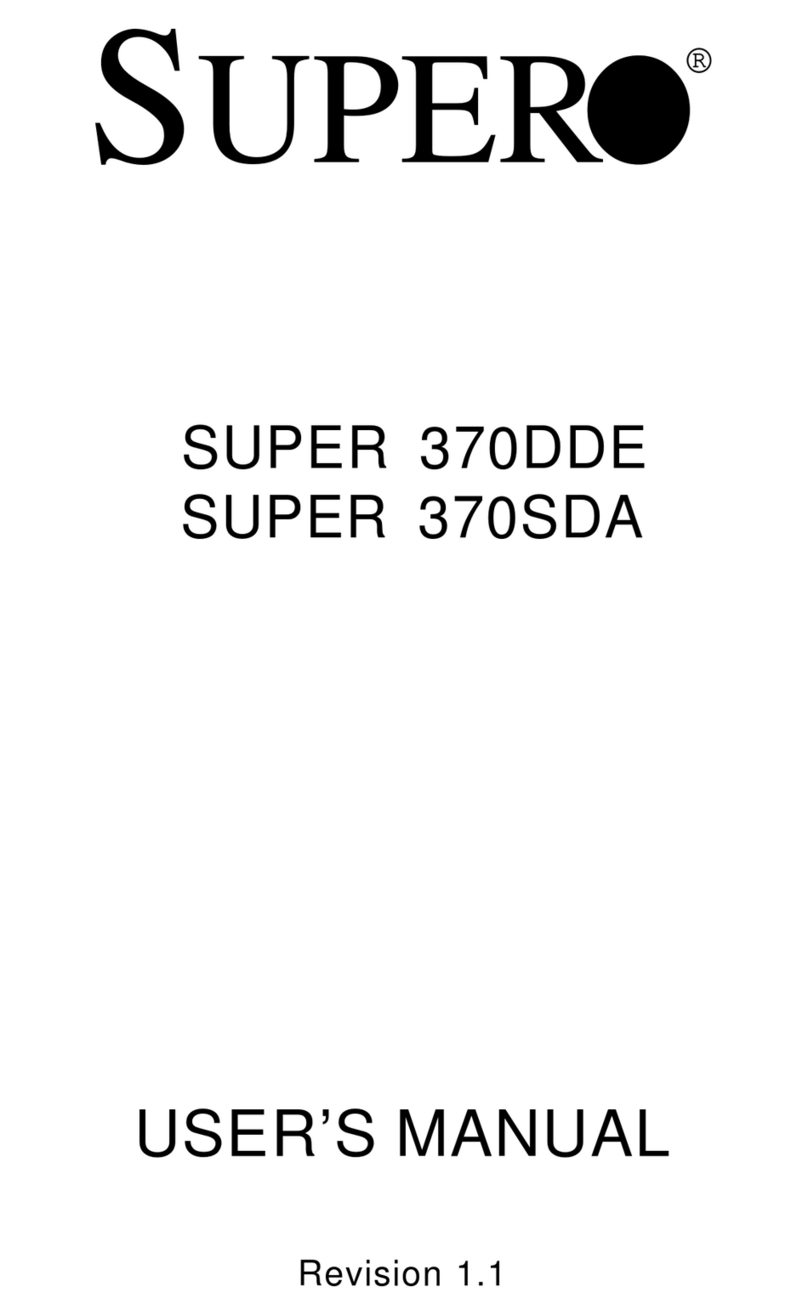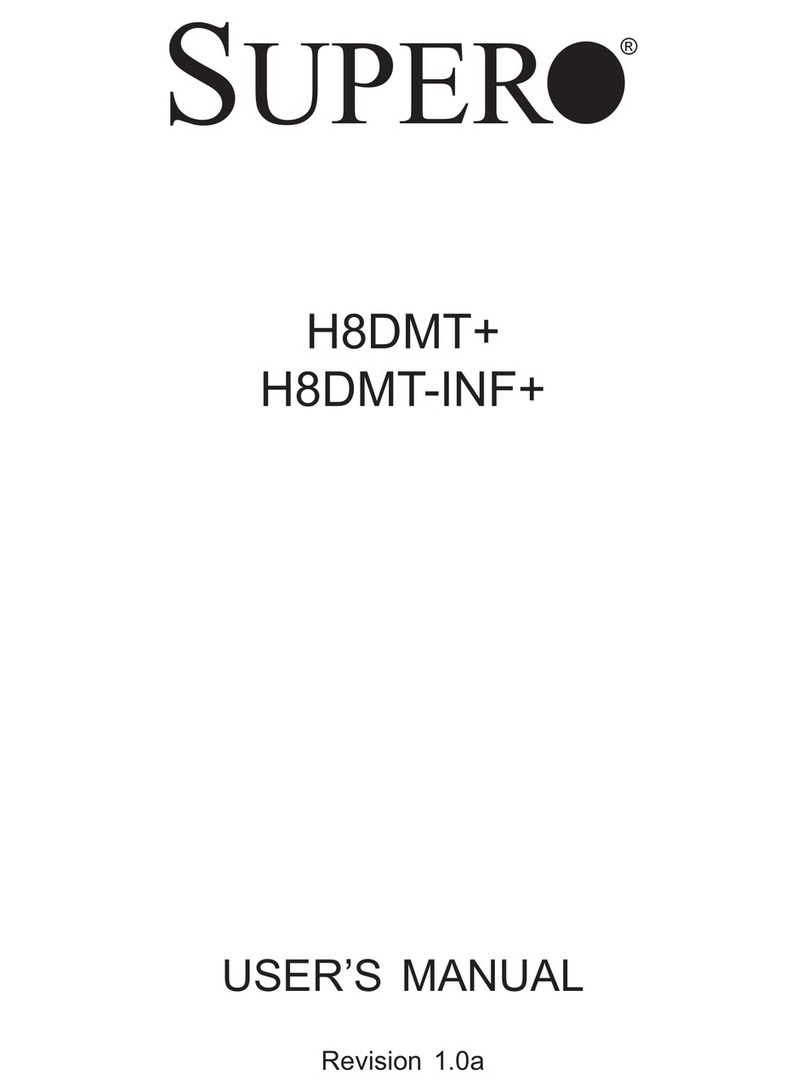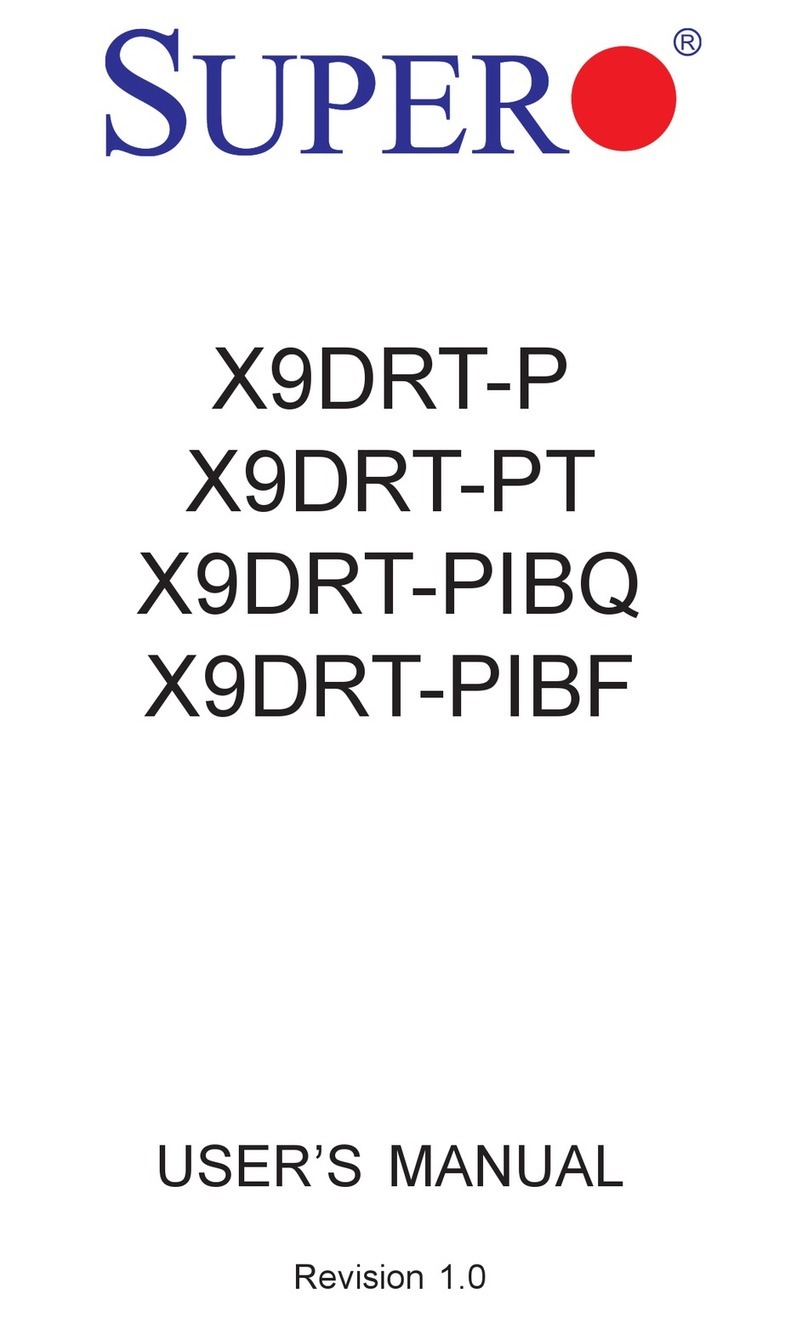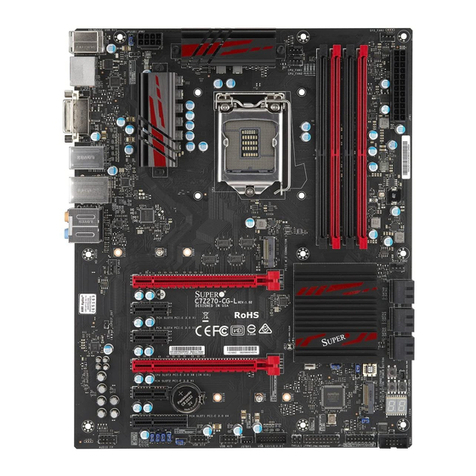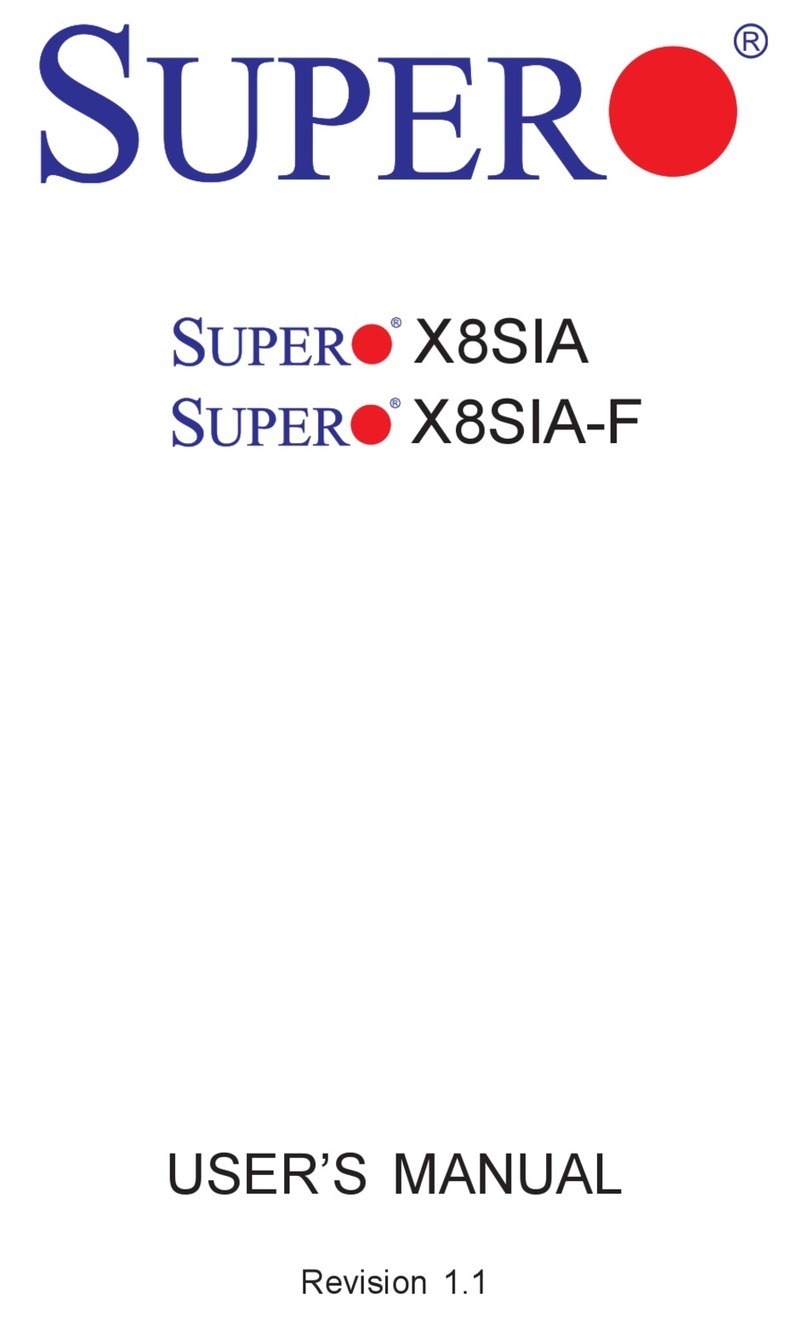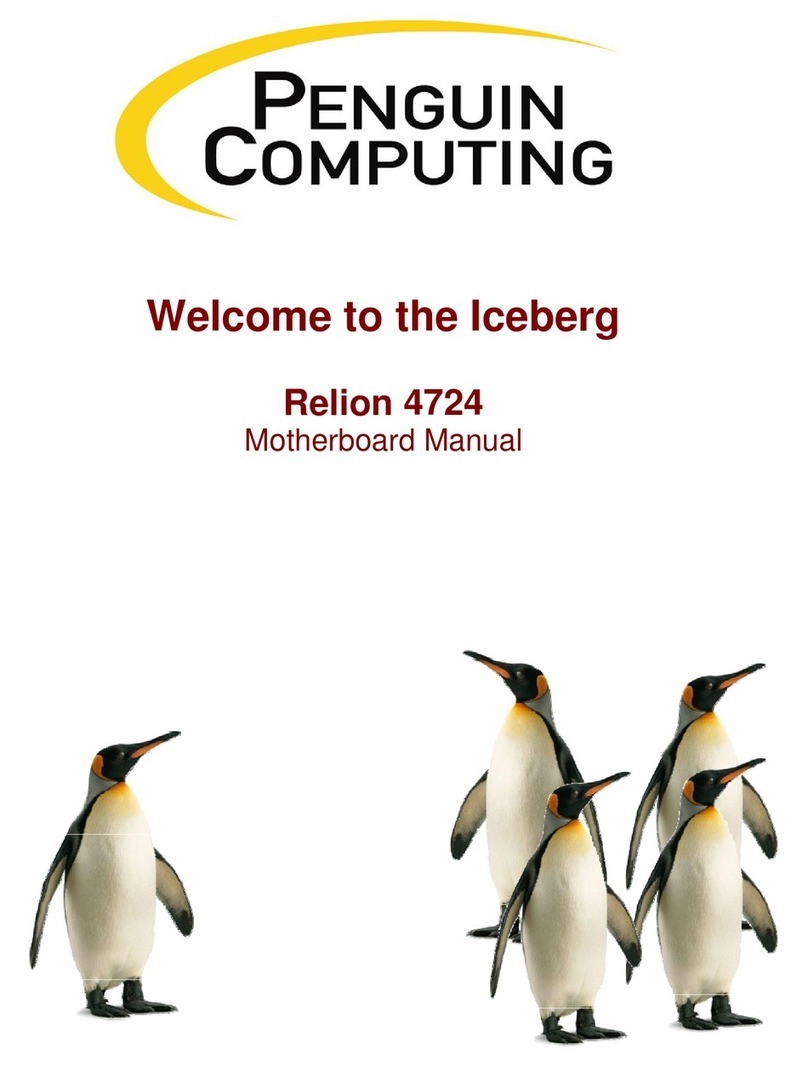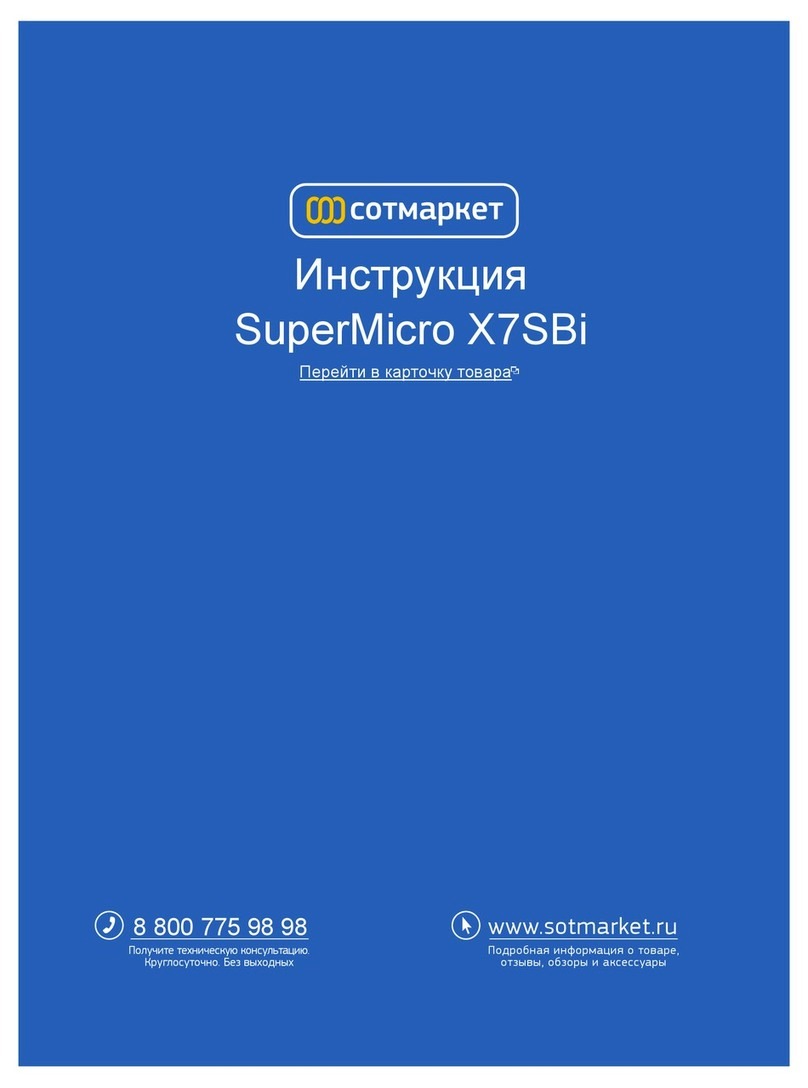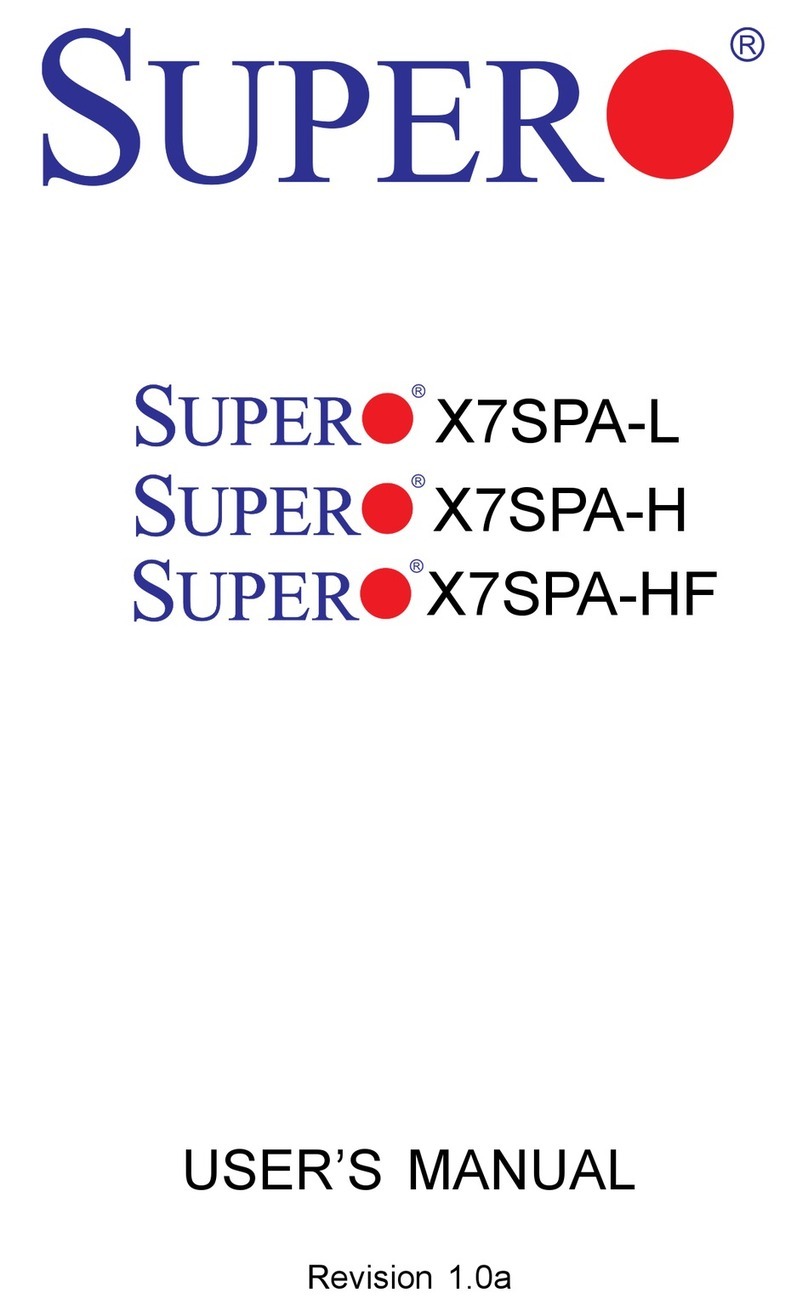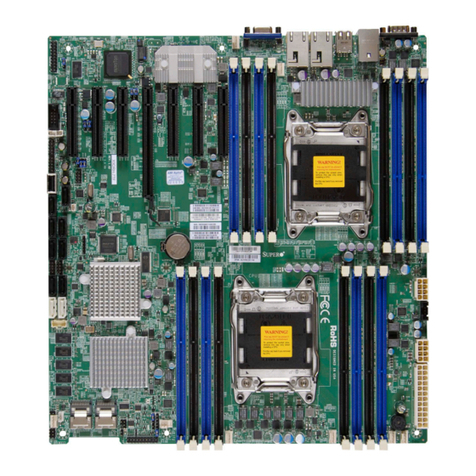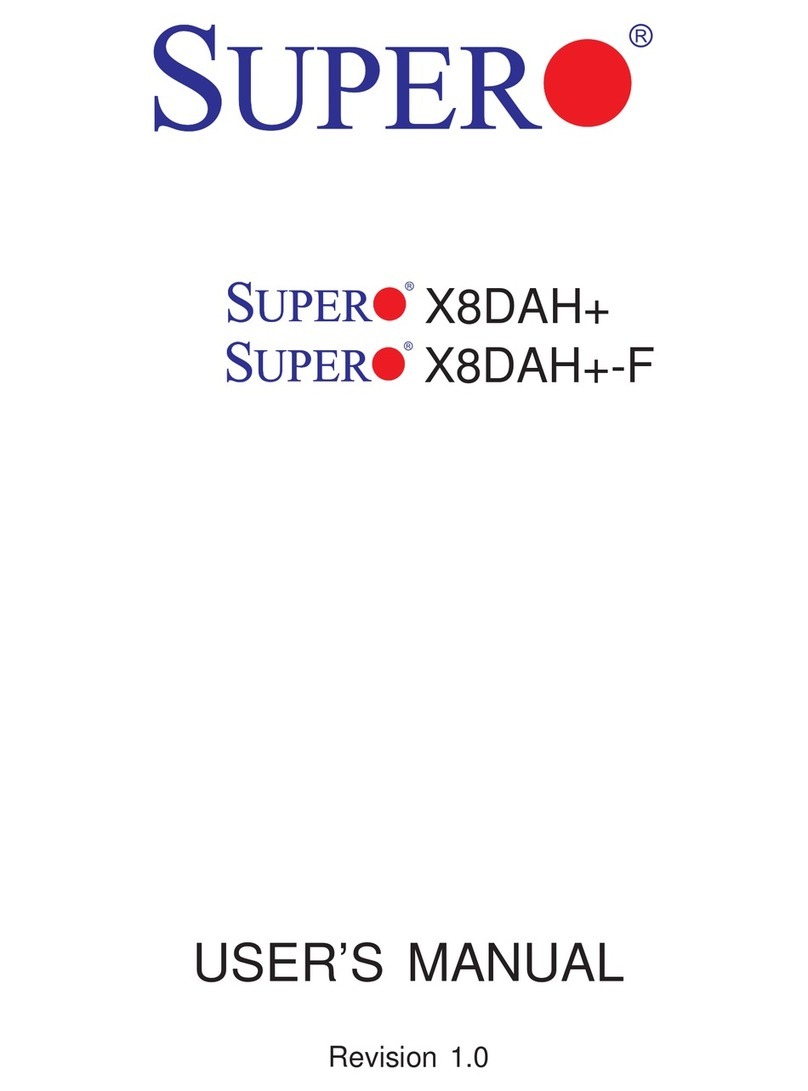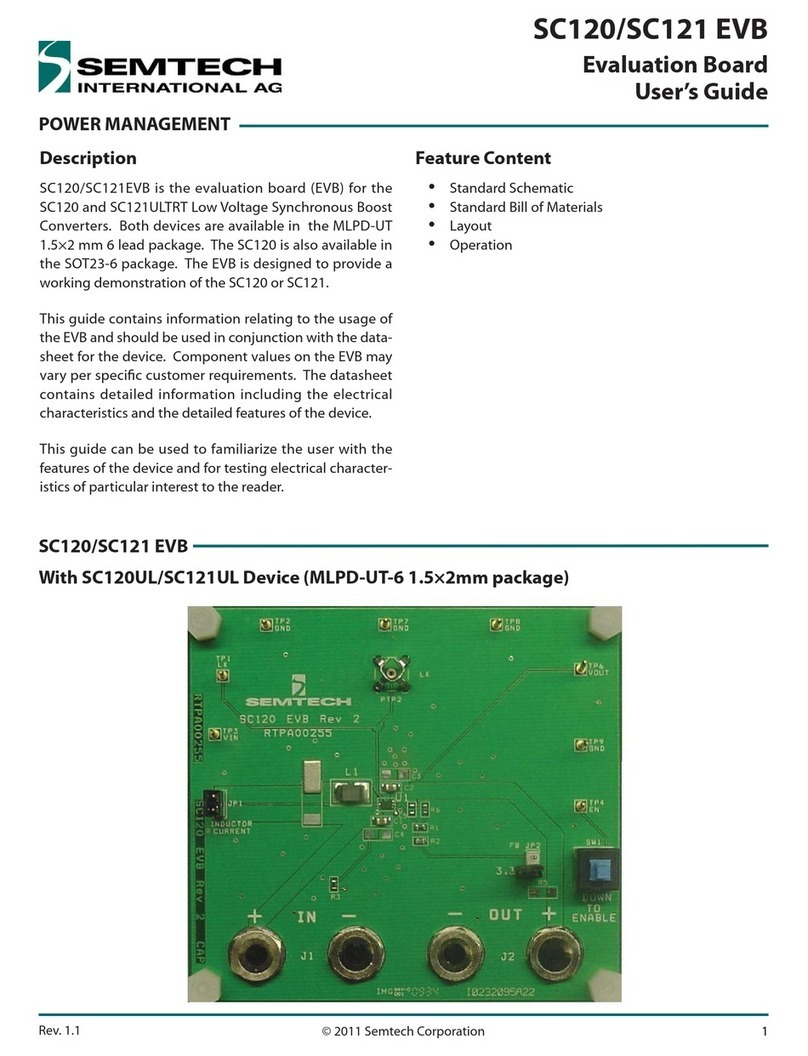PWR_ON .................................................................................................... 2-8
NIC_LED ..................................................................................................... 2-8
Reset.......................................................................................................... 2-8
Sleep ........................................................................................................... 2-9
Non-Maskable Interrupt .......................................................................... 2-9
Extra Universal Serial Bus Connection (USB3).................................. 2-9
5 Volt StandBy ....................................................................................... 2-9
Fan Fail LED............................................................................................. 2-10
Power Fail LED ....................................................................................... 2-10
NIC LED..................................................................................................... 2-10
I2C.............................................................................................................. 2-10
Chassis Intrusion ................................................................................... 2-10
Keyboard Lock ....................................................................................... 2-11
Overheat LED ......................................................................................... 2-11
Speaker ................................................................................................... 2-11
Fan Headers............................................................................................ 2-11
Universal Serial Bus Connector .......................................................... 2-11
Wake-On-LAN ......................................................................................... 2-12
Wake-On-Modem .................................................................................... 2-12
Power Supply Fail Header .................................................................... 2-12
SLED1 (SCSI LED) Indicator................................................................. 2-12
Ethernet Port........................................................................................... 2-13
Serial Ports ............................................................................................. 2-13
ATX PS/2 Keyboard and Mouse Ports................................................ 2-13
2-7 DIP Switch Settings ..................................................................................... 2-14
DIP Switch 1: Core/Bus Ratio.............................................................. 2-14
2-8 Jumper Settings ............................................................................................ 2-15
CMOS Clear............................................................................................. 2-15
SCSI Termination Enable/Disable (P3TDL3 ONLY) ............................ 2-15
Overheat Alarm Enable/Disable............................................................ 2-16
Onboard LAN/NIC Enable/Disable......................................................... 2-16
3rd Power Supply Failure Alarm Enable/Disable .............................. 2-16
Watchdog Reset ..................................................................................... 2-16
2-9 Parallel Port, Floppy/Hard Disk Drive and SCSI Connections ............... 2-17
Parallel Port Connector ......................................................................... 2-17
Floppy Connector................................................................................... 2-18
IDE Connectors ...................................................................................... 2-18
50-pin Legacy SCSI Connector............................................................ 2-19
Ultra Wide SCSI Connector ................................................................... 2-19
v
Table of Contents

